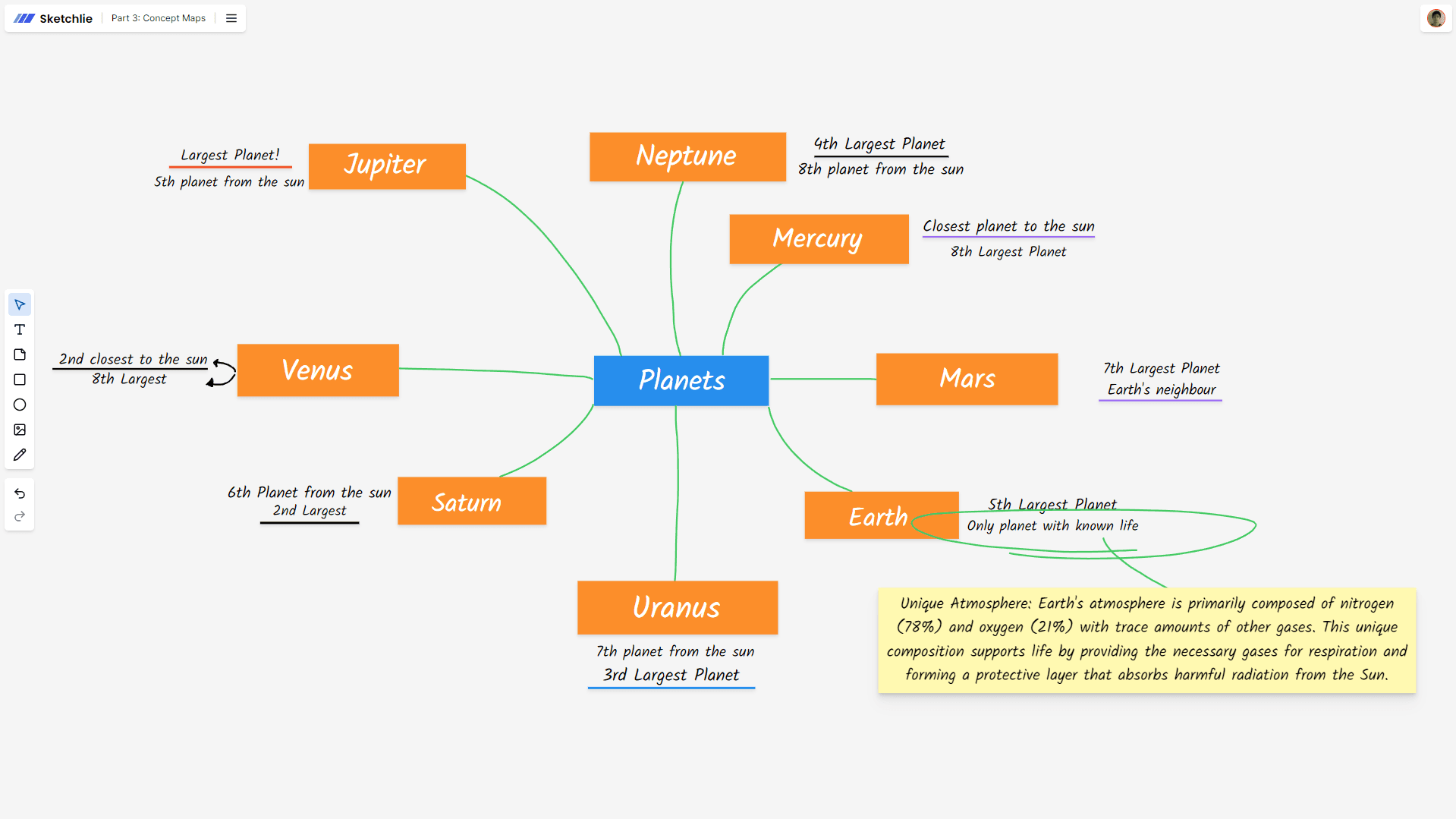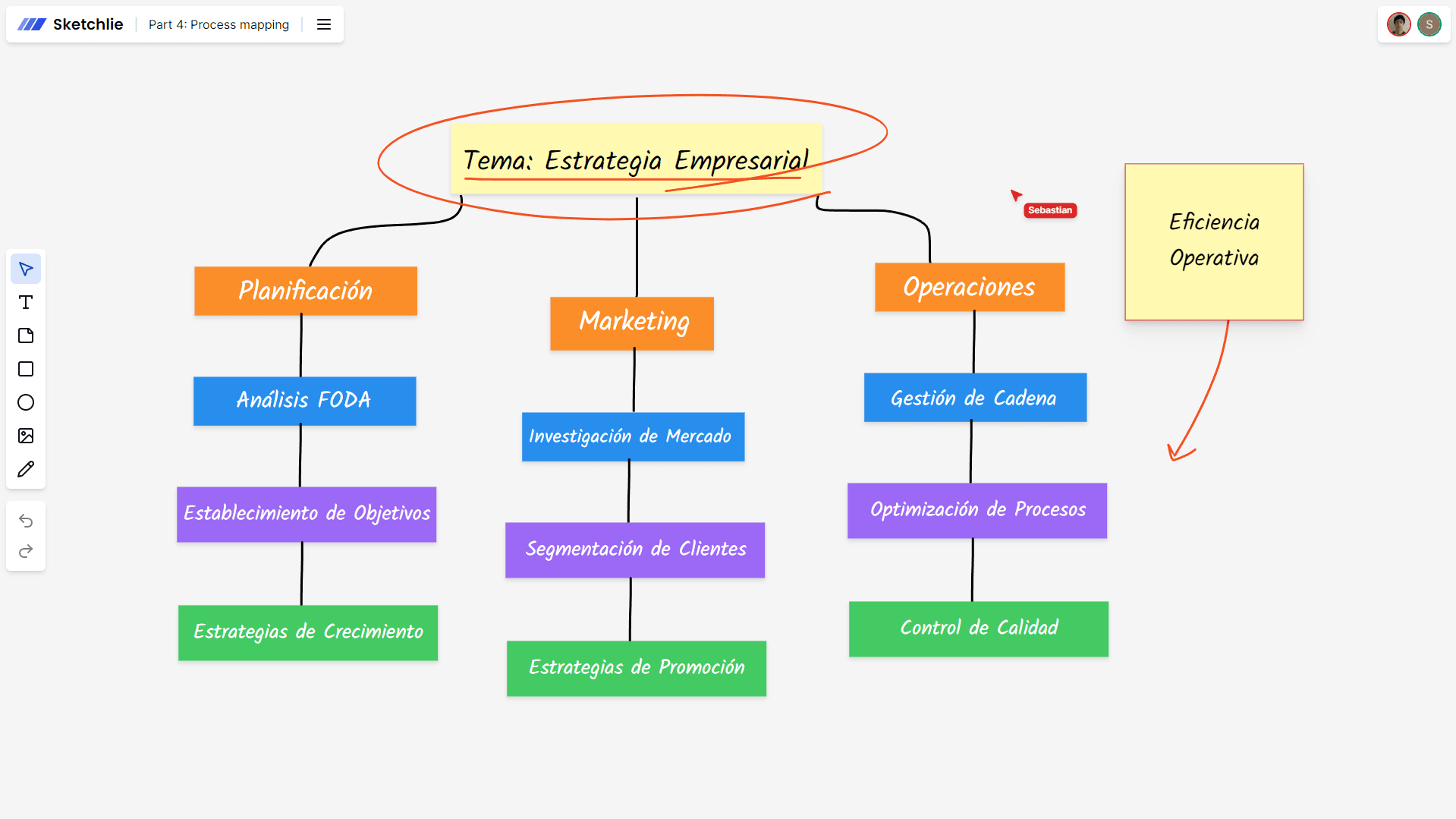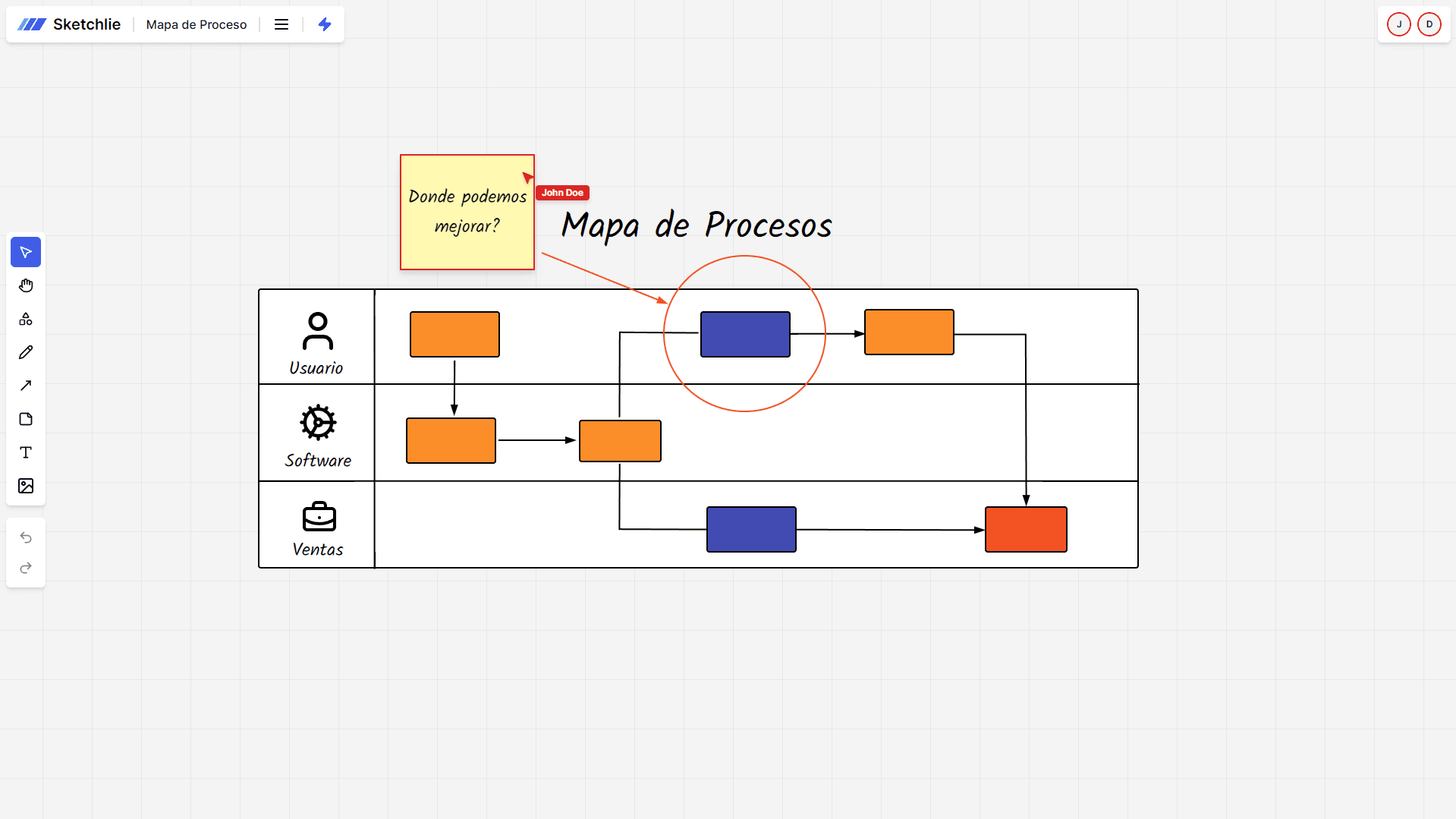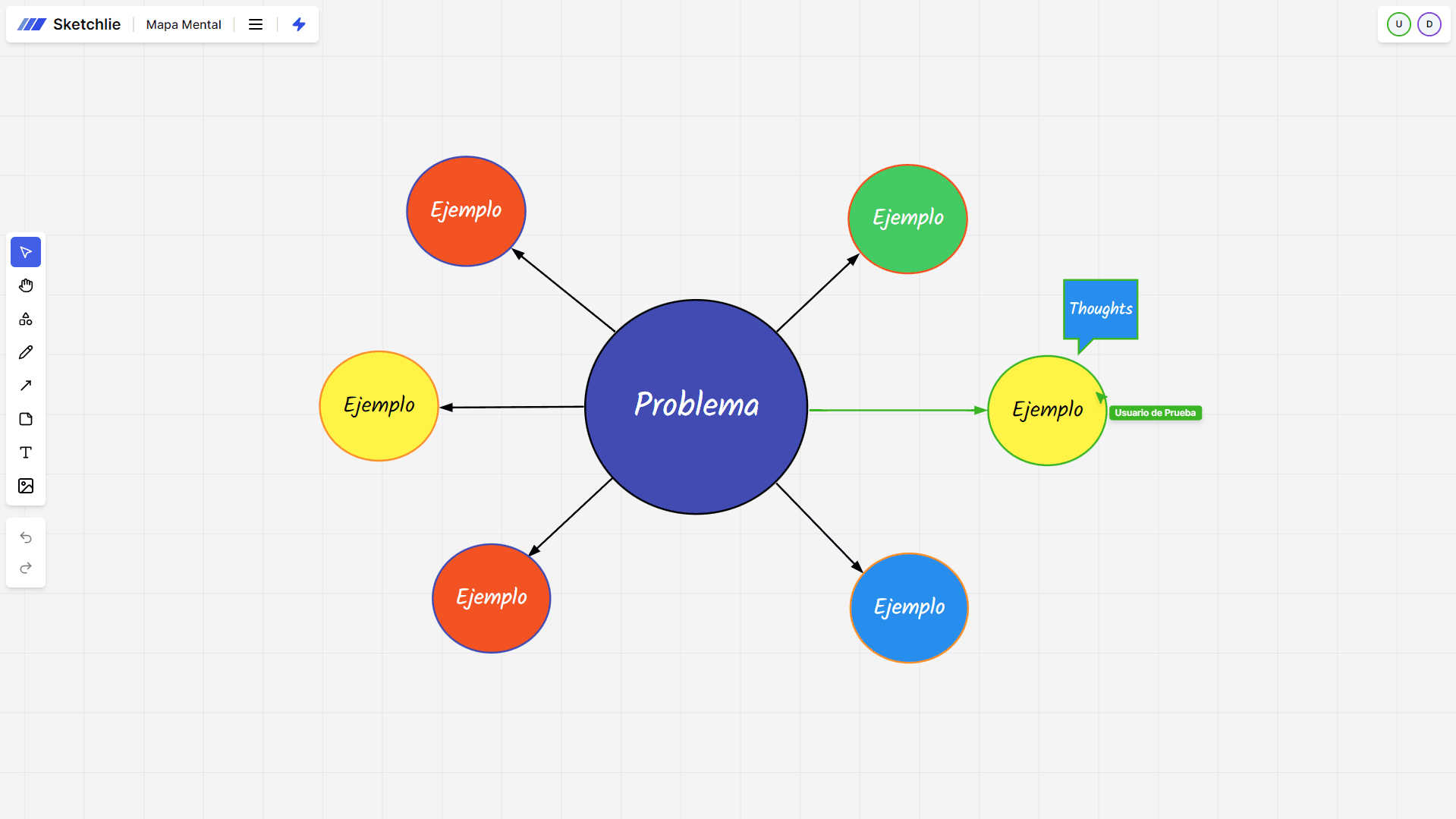What is UX/UI Design?

What is UI design?
User interface (UI) design refers to the process of creating interfaces in software or computational devices, focusing on appearance and style. The main goal of UI design is to make user interaction as efficient and simple as possible in terms of achieving user goals. An effective UI design is visually attractive, intuitive, and functional. UI designers work with typography, colors, graphics, and element design to build cohesive interfaces that enhance the user experience. UI design is a crucial component in the development of applications and websites, as a good interface can make a difference in user satisfaction and retention.What is UX design?
User experience (UX) design encompasses all aspects of a user's interaction with a company, its services, and products. The goal of UX design is to create products that provide meaningful and relevant experiences to users. This includes designing the entire process of acquiring and integrating the product, including aspects of branding, design, usability, and function. UX designers research and understand user needs and behaviors, and use this information to create interfaces and experiences that are useful, accessible, and pleasant. Good UX design can improve customer satisfaction, increase loyalty, and differentiate a product in the market.
What's the difference between UI and UX design?
UI (User Interface) design and UX (User Experience) design are complementary but distinct disciplines. UI design focuses on the visual and interactive aspects of a product, such as buttons, icons, spacing, and colors. In contrast, UX design focuses on the overall experience of the user with a product or service, including aspects of user research, usability, information architecture, and navigation. While UI design deals with how the product looks and feels, UX design is concerned with how the product is used and experienced. Both are essential for creating effective and enjoyable products.
How to improve customer experience?
- Know your customers: Conduct research and gather feedback to understand your customers' needs, desires, and problems.
- Personalization: Offer personalized experiences based on customer data and preferences to increase relevance and satisfaction.
- Customer service: Provide efficient and friendly support, resolving issues quickly and satisfactorily.
- Continuous improvement: Constantly evaluate and optimize your services and products based on feedback and data analysis.
What tools are used in UI/UX design?
In UI/UX design, various tools are used for different stages of the design process, from research to implementation. Some of the most popular tools include:
- Sketchlie: Our real-time collaborative design software that allows teams to work together on design projects remotely.
- Figma: Similar to Sketch, but with real-time collaboration capabilities, making teamwork easier.
- Adobe XD: An Adobe tool for designing and prototyping user interfaces with integration with other Adobe products.
- InVision: Used to create interactive prototypes and collect feedback from users and stakeholders.
- UserTesting: A platform for conducting usability tests and obtaining direct feedback from real users.
How to conduct effective user research?
Conducting effective user research involves several key steps. First, clearly define your research objectives: what questions you need to answer and why. Then, choose appropriate research methods, such as interviews, surveys, usability tests, and analysis of existing data. Make sure to select a representative sample of users that reflects your target audience. Conduct interviews or tests in a natural environment for the user to obtain more accurate results. Analyze the collected data to identify patterns and trends, and document your findings in a clear and accessible manner. Use this information to inform your design decisions and improve the user experience.
What is a prototype in UX design?
A prototype in UX design is an interactive representation of the final product used to test and validate design concepts before full development. Prototypes can vary in fidelity, from low-fidelity sketches to high-fidelity interactive models that resemble the final product. Creating a prototype allows designers and stakeholders to visualize how the product will work, identify usability issues, and receive early feedback in the development process. Tools like Sketchlie are popular for creating prototypes, allowing designers to simulate user interaction and flow.How to measure the effectiveness of UX design?
- Usability testing: Observe how users interact with your product to identify problems and areas for improvement.
- Surveys and feedback: Collect opinions and suggestions directly from users to understand their satisfaction and experiences.
- Data analysis: Use analytics tools to track metrics such as conversion rate, time on task, and bounce rate.
- Net Promoter Score (NPS): Measure users' willingness to recommend your product to others, indicating customer loyalty.
- Heat maps: Visualize the areas where users interact most on your site or application to identify usage patterns.
Conclusion
UI and UX design, along with customer experience, are critical components for the success of any digital product or service. Understanding the differences and intersections between UI and UX design is essential for creating interfaces that are not only aesthetically pleasing but also intuitive and easy to use.User research and prototype creation are fundamental steps to ensure that designs meet the real needs of users. Measuring the effectiveness of UX design through various tools and methods allows for continuous adjustments to improve customer satisfaction and loyalty.


